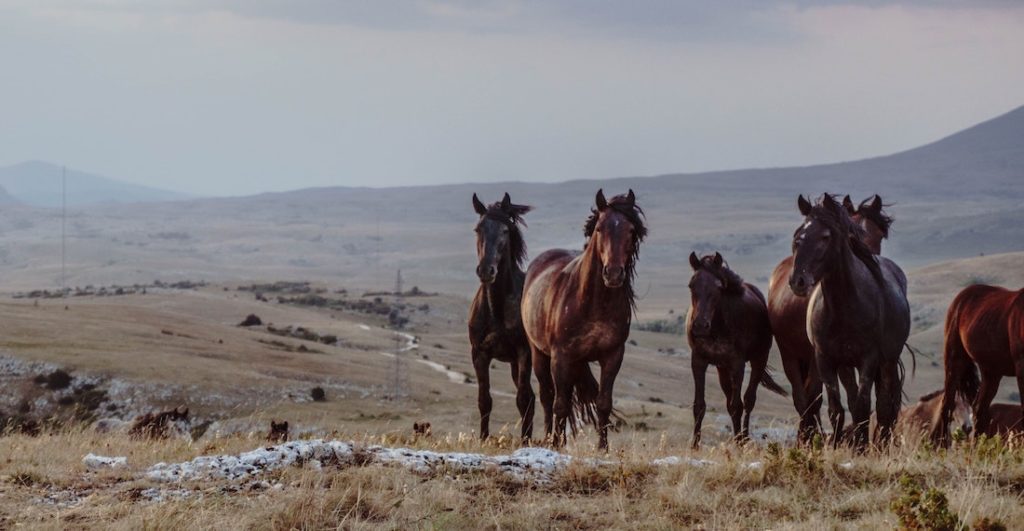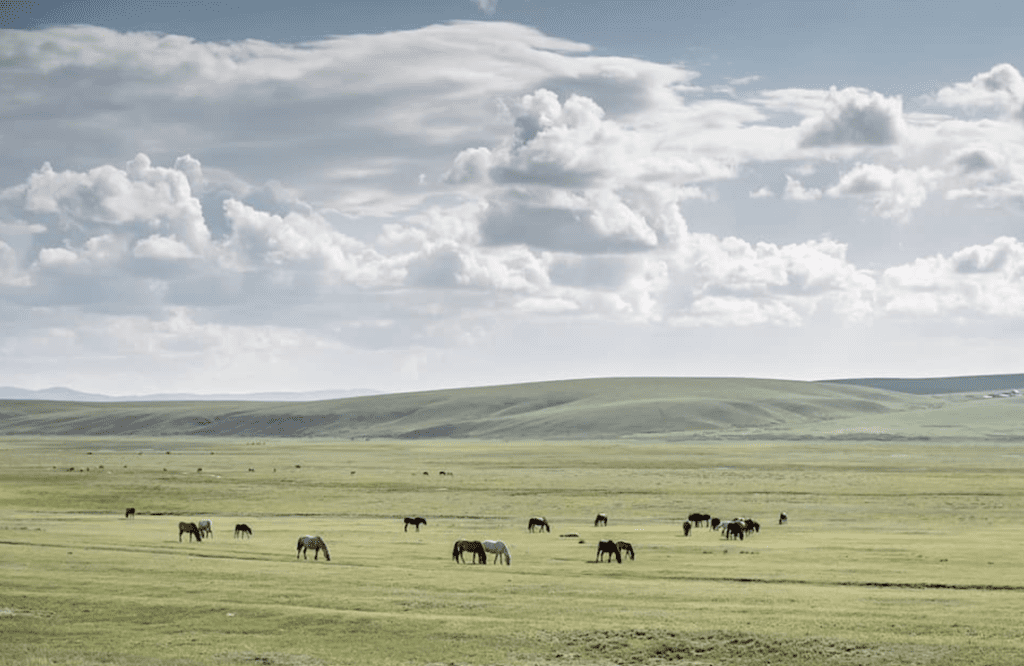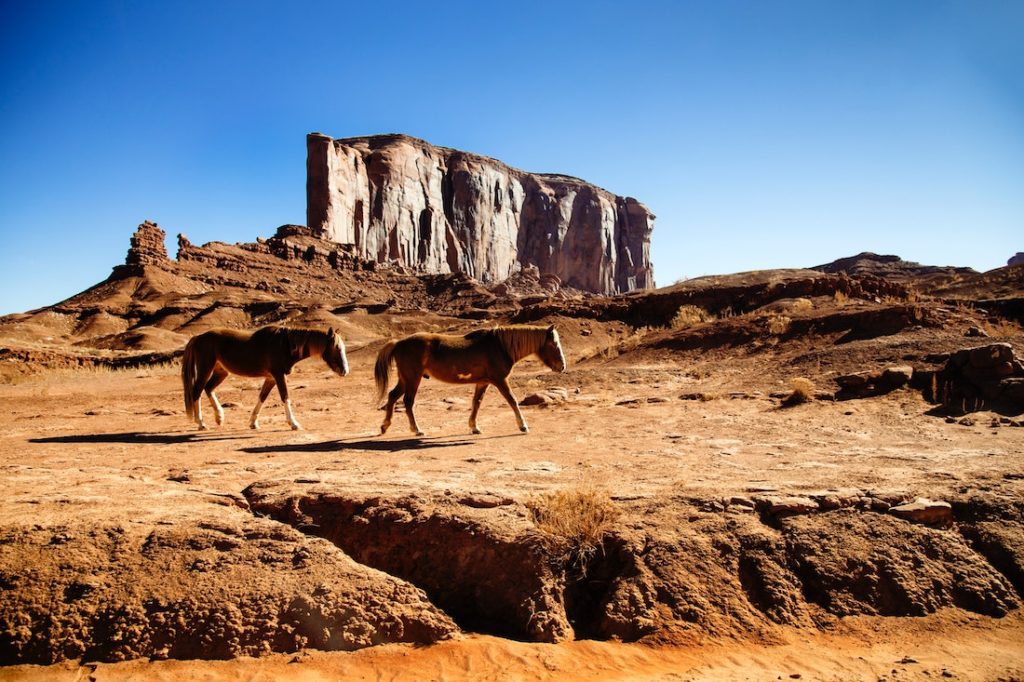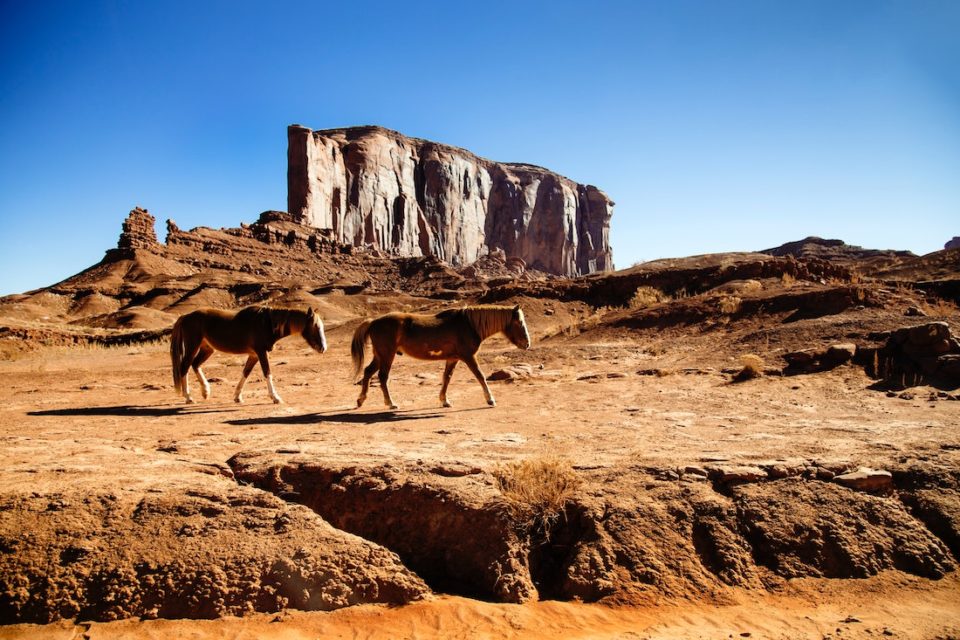They are icons of America’s past, symbols of our pioneering spirit. Eyes flashing, nostrils flaring, tails obscured by a cloud of dust, they tear across the landscape. I am, of course, referring to feral hogs.
More on feral hogs directly. But first some background on another feral ungulate. Few issues in the West are more incendiary than management of “wild horses.” Advocates proclaim them “natives” that should be “wild and free.”
Opponents submit that these proliferating aliens are harming land and wildlife belonging to all Americans.
The federal management goal for these horses on public lands is 27,000. Yet the U.S. Bureau of Land Management (BLM), the agency charged with tending them, estimates the current population at 64,604. The Journal of Wildlife Management reports 300,000 on all lands — public, private and tribal. Federal law precludes effective feral-horse management. Unmanaged populations increase by 20 percent annually.
No less prolific are feral hogs. They’re “wild and free,” too. Having grown up with horses and hogs, I can attest that hogs are more intelligent than horses. And while feral hogs are destructive of native ecosystems, they’re no more so than feral horses. So why are there no feral-hog support groups protesting their culling on public lands?

Happily for native wildlife, there has yet to be a Wild Hog Annie. “Wild Horse Annie” was the Nevada woman whose campaign to save “wild horses” inspired animal lovers across America to write impassioned letters to senators and congressmen, demanding that feral equines be protected forever.
The result was the Wild Free-Roaming Horse and Burro Act of 1971, which mandated the BLM to manage these animals so as “to achieve and maintain a thriving natural ecological balance.” That task is impossible. No invasive species can thrive or even exist in “natural ecological balance.”
So we spend $160 million a year rounding up feral horses and placing them on perpetual welfare, with almost 50,000 permanently held in corrals or pastures. That’s more than half the $300 million we spend on all 1,618 endangered and threatened species native to the United States.
Horses and burros are the only ungulates in North America with solid hooves and meshing upper and lower teeth. Most native vegetation can’t deal with that. Yet in some areas BLM range management goals call for 15 or 20 horses when its own science tells it that 100 is the threshold for genetic viability. Why aren’t these marginal herds zeroed out?
“Feral horses are worse than cows,” declares retired BLM biologist Erick Campbell. “When the grass between shrubs is gone, a cow is out of luck, but a horse will stomp that plant to death to get that last blade. When cows run out of forage the cowboys move them, but horses are out there all year. BLM exacerbates the problem by hauling water to them.”

And this from Dave Pulliam, former Nevada Department of Wildlife habitat chief: “Horses will stand over a spring and run off other animals. In desert country, seeps and springs are the most important habitats for a whole myriad of species — sagebrush obligate birds, mule deer, bighorns, pronghorns, everything. And horses absolutely beat springs into mud holes. But our wildlife constituents don’t get as vociferous as the horse lovers.”
“Vociferous” is an apt adjective. Feral-horse groups confound the media, bully the environmental community, terrify Congress, beat up BLM and spew junk science. They are also well-funded and adept at manipulating people who have dreamed of owning horses since childhood. And they chant three mantras:
Cows do more damage than feral horses. That’s like saying we should ignore Covid because more people die from heart disease. The only thing wrong with cattle grazing is that it’s not always done right. When it is done right it can benefit native ecosystems by duplicating the range-renewal role of bison. That’s why the U.S. Fish and Wildlife Service and The Nature Conservancy lease land to ranchers.

Feral horses are historical treasures because they descended from animals brought from Spain by the conquistadores. They’re not. They’re mostly mongrels — a morass of domestic breeds that have recently escaped or been discarded.
Feral horses are native because a somewhat similar species was found in North America before it went extinct 10,000 years ago. That’s like calling elephants native because the continent once sustained wooly mammoths.
With feral horses, facts should outweigh sentiment. Yet wise management is an uphill and losing battle. It’s time for science and common sense to prevail.
Ted Williams is a contributor to Writers on the Range, writersontherange.org, an independent nonprofit that seeks to spur lively conversation about the West. He writes exclusively about fish and wildlife for national publications. Photo: Donald Giannatti/Unsplash
You might also like :
- Should Listened to the Trees
- Here’s How We Track the Ancient Paths of Bird Migrations
- In Defense of Camping Comfort
- Unprepared New Hampshire Hikers Were Charged With a Crime After Rescue
- When Getting Sorta Lost is…Good?
- Brazil: ‘Loneliest man in the World’, the last of his tribe, is dead now!
- Saving the World’s Last Great Wilderness
- Africa discovery – Top 10 animals of Kenya safari tours
- Attractive Hollywood Mountain Lion Conjures up World’s Largest Animal Overpass
- The Science Behind Aesop’s Menagerie of Wild Animals
- People, Like Migratory Animals, May Sense Magnetic Fields Too
- Wildlife Lessons, Visitation Trends, Tribal Talks: Yellowstone at 150
- Wildlife Fauxtography May Be Behind That Instagram Post You Just Liked
- USA Road Trip – 8 best things to take a walk on North America’s wild west side

